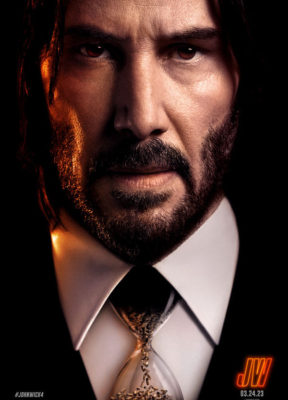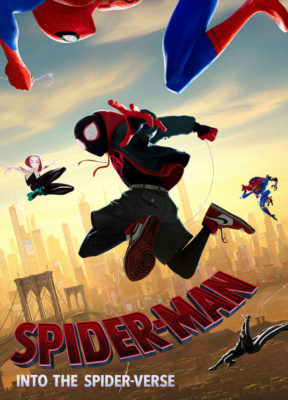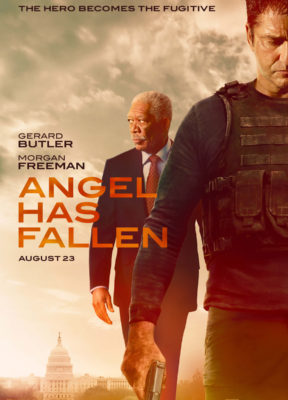
Why Did This Iconic Film Change Cinema Forever
Film has a unique power to reflect and shape cultural landscapes. Certain films transcend their artistic merit to become pivotal points in cinematic history. One such film is Pulp Fiction, released in 1994, which not only captured the imagination of audiences but also forever altered the trajectory of filmmaking. This exploration delves into why Pulp Fiction changed cinema and what ramifications it had on the industry as we know it today.
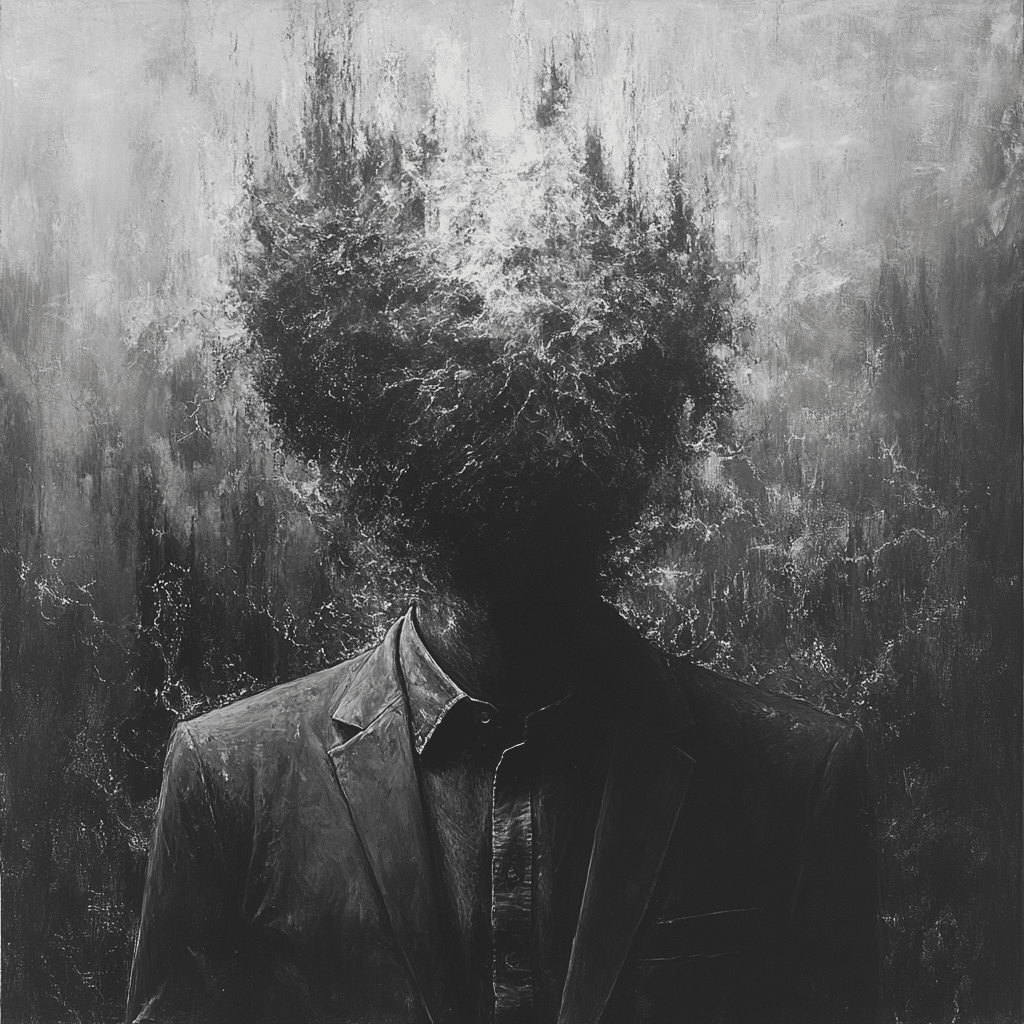
7 Reasons Why Did ‘Pulp Fiction’ Redefine Filmmaking?
1. Non-linear Storytelling: What Happened to Narrative Structure?
Pulp Fiction introduced a non-linear narrative that interweaved multiple storylines in a way that was innovative and challenging to traditional storytelling. Prior to its release, films typically adhered to a linear plot structure. The heist gone wrong, the dance contest, and the philosopher’s reflections were all told out of chronological order, compelling audiences to engage actively with the storytelling.
This method made viewers feel like they were part of a puzzle, piecing together the narrative. It inspired later filmmakers, such as Christopher Nolan in Memento (2000) and the Russo brothers in Avengers: Infinity War (2018), who embraced nonlinear narratives to keep viewers guessing. The complexity of time and space in storytelling opened the door for filmmakers to experiment, proving that linearity is not a prerequisite for a gripping tale.
2. Dialogue-Driven Scenes: What Do Audiences Really Want?
Quentin Tarantino elevated dialogue as a crucial component of storytelling in cinema through his iconic script for Pulp Fiction. Characters had long, engaging conversations on seemingly mundane subjects, such as a discussion about cheeseburgers to a profound reflection on fate and morality. This shift demonstrated that compelling dialogue could carry a film, emphasizing the importance of character development.
Tarantino’s characters felt real because of their relatable dialogues, and filmmakers like Richard Linklater capitalized on this trend with movies like Before Sunrise (1995), which depended on rich dialogue to develop character relationships. By showcasing how meaningful exchanges could define a film, Tarantino highlighted the depth that dialogue can bring to cinematic storytelling.
3. A Cultured Soundtrack: What Happens to Musical Integration in Film?
The film’s eclectic soundtrack not only paired perfectly with its storytelling but also helped redefine how music could influence the viewer’s experience. Tarantino’s choice to juxtapose contemporary music with violence created a stark contrast that enhanced emotional impact. Songs like “Misirlou” and “You Never Can Tell” became inseparable from the film’s identity.
This blending of music and narrative activated a new era for soundtracks, influencing later films like Guardians of the Galaxy (2014) and their deliberate selection of songs to define character and mood. The fresh approach to incorporating music brought about a deeper emotional resonance that filmmakers would strive to achieve in their own works.
4. Characters with Depth: Why Did Anti-Heroes Become Mainstream?
Pulp Fiction is replete with complex characters who oscillate between redemption and villainy. The anti-hero narrative broke the mold of traditional heroism, allowing flawed characters to command center stage. In doing so, it paved the way for a surge of similar characters in films and series, fueling the popularity of icons like Walter White in Breaking Bad (2008) and Tony Stark in Iron Man (2008).
This new approach to character development challenged the classical notion of heroes and villains, leading to a greater interest in the gray areas within morality. Film and TV began to explore what makes a hero, ultimately reshaping audience expectations about character arcs in storytelling.
5. Shifting Genre Boundaries: What Do We Define as Genre Cinema?
By blending elements of crime, drama, and dark comedy, Pulp Fiction obliterated rigid genre classifications. This genre-blending approach encouraged new films to explore creative storytelling beyond ordinary genre constraints. Marked by humorous asides in the midst of serious situations, it set a precedent for future works.
This experimentation influenced films like Get Out (2017) which deftly combine horror and social commentary, or Deadpool (2016) that marries comedy with superhero narratives. As audiences witnessed Tarantino’s boldness, they began to embrace films that defied traditional genre labels and narrative confines.
6. B-Movie Aesthetic and Cult Influence: What Happened to Indie Film Recognition?
Tarantino’s passion for B-movies shone through in Pulp Fiction, with surprises and references to lesser-known films sprinkled throughout. This celebration of the underexplored genres resonated with audiences and urged studios to take indie films more seriously. It was a bit like rediscovering treasure in a junk pile—everyone suddenly wanted a piece of that underdog story.
Films like The Blair Witch Project (1999) and Little Miss Sunshine (2006) later drew on the same aesthetic, contributing to a greater appreciation of independent cinema. Pulp Fiction served as a rallying cry for filmmakers, motivating them to tap into their influences and showcase unique storytelling that studios might have overlooked.
7. Cult Following and Marketing: Why Did Viral Promotion Matter?
The film’s impactful marketing strategies helped cultivate a cult following that revolutionized promotional tactics. The combination of memorable quotes, distinctive visuals, and iconic scenes started to spread virally—long before anyone ever used the term “viral.” This phenomenon set a standard for future films to create buzz and foster community engagement.
Modern campaigns like those for The Avengers (2012) and Get Out (2017) still rely on that sense of community and participation from audiences. The importance of cultivating an engaged fanbase in today’s landscape cannot be overstated, as it becomes a crucial tool for a film’s success through strategy and excitement.
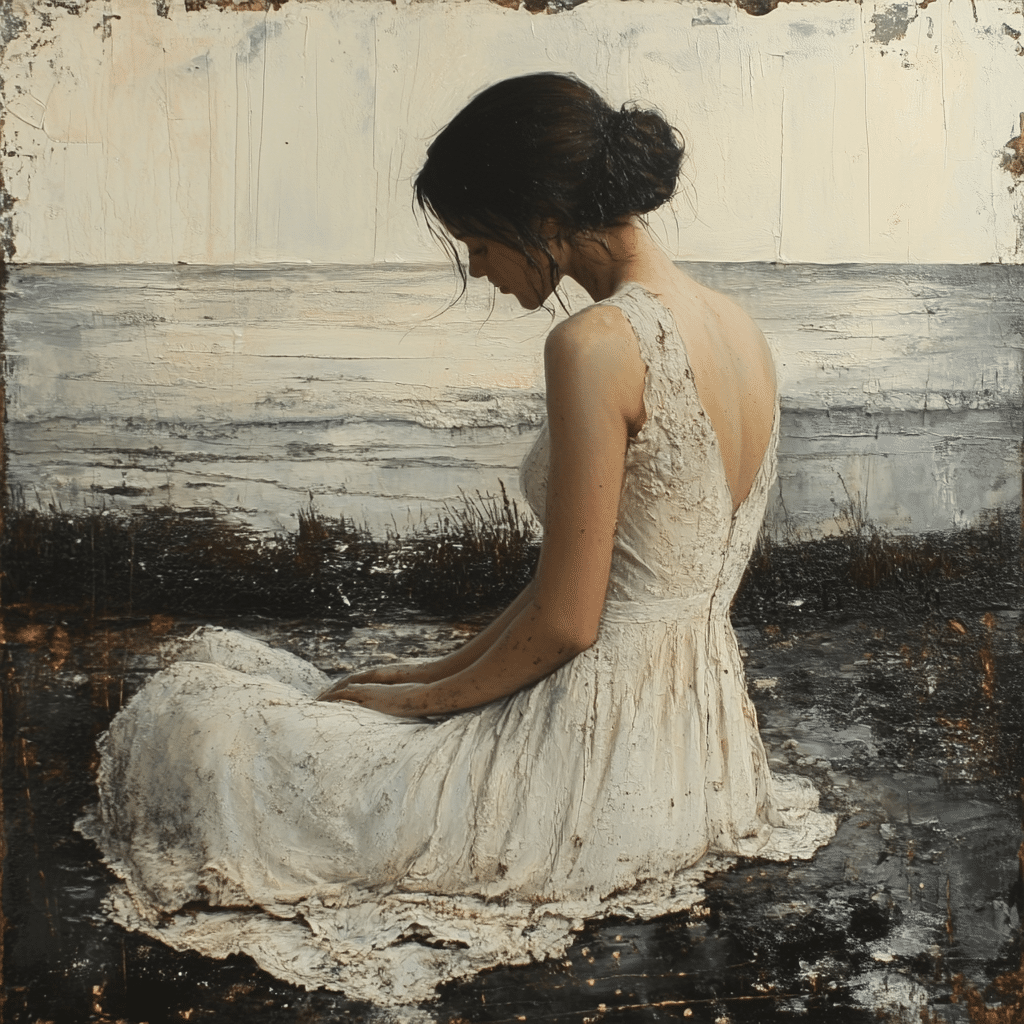
Final Thoughts: What Lasting Impact Did ‘Pulp Fiction’ Leave on Cinephilia?
Pulp Fiction stands at the crossroads of art and commerce, transforming how art is consumed and appreciated within popular culture. Its legacy is not merely anecdotal; it has reshaped narrative structures, dialogue, soundtrack integration, character development, and genre fluidity within film. It invites filmmakers to break conventions and demand more of what storytelling can achieve.
As we continue to celebrate independent voices in cinema in 2024 and beyond, the echoes of Tarantino’s masterpiece remind us of the power of defiance against convention and the bold spirit of creativity. Whether it’s through exploring the depths of character arcs or redefining what a soundtrack can accomplish, Pulp Fiction reminds us that cinema is, above all, an art form begging for innovation.
So, why did this iconic film change cinema forever? Because it showed filmmakers and audiences alike that the freedom to tell stories creatively and authentically is at the core of what makes films truly resonate.
Why Did This Iconic Film Change Cinema Forever
Shaping the Future
Have you ever wondered why did this classic film leave such an indelible mark on cinema? Well, it wasn’t just the groundbreaking visuals or twisty plot that captivated audiences. One fun fact involves the staggering use of practical effects over CGI, a choice that prompted filmmakers to rethink how they approached action scenes. This influential decision paved the path for many future blockbusters, proving you don’t always need digital magic to create something memorable. As you’ll recall, the cinematic world saw a shift that contrasted sharply with the rise of computer-generated imagery, much like the way artists in Celine Dion Olympics 2025 aim for authentic performances.
An Unexpected Influence
Why did audiences resonate so deeply with the film? Part of it was the relatable character arcs that broke the mold of archetypal heroes. Characters felt real, leading to a deeper connection. This narrative innovation led to various filmmakers experimenting with storytelling, marking the start of the golden era of indie films. Even more intriguing is the trivia around the film’s marketing. It was one of the first to harness the power of social media effectively, much like how discussions around Ngannou Vs Ferreira create a buzz online these days. So, you see, this film didn’t just push boundaries; it tore them down.
The Cultural Impact
You might be surprised to learn that the film famously incorporated real-life events and dialogues, something that many films shy away from. By doing so, it created an immediate cultural relevance that echoed the sentiments of its time, much like Holy Smokes captures the trendy essence of today. And here’s the kicker: its soundtrack wasn’t just a collection of tunes; it’s now considered a classic study in emotional storytelling. When audiences connect on such levels, as seen in the unexpected popularity of The Batman 2, it leads to deep discussions that continue for years.
So, next time you think about why did this film change cinema forever, remember it’s not just about what you see on the screen, but how it transforms the way stories are told. Whether it’s through innovative marketing strategies or relatable characters, this film deserves a spot in the annals of cinematic history.


